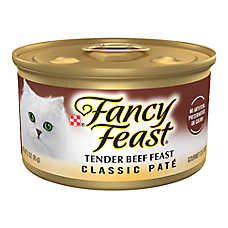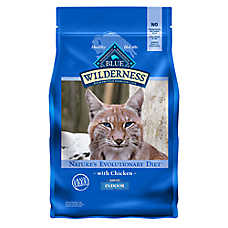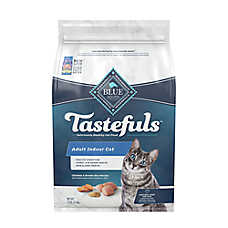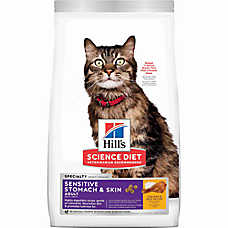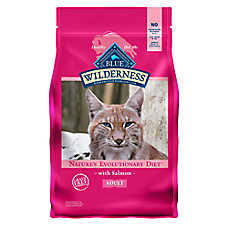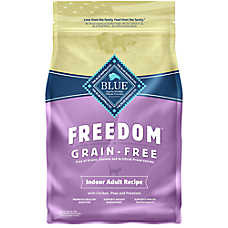When Should I Change My Cat's Diet?
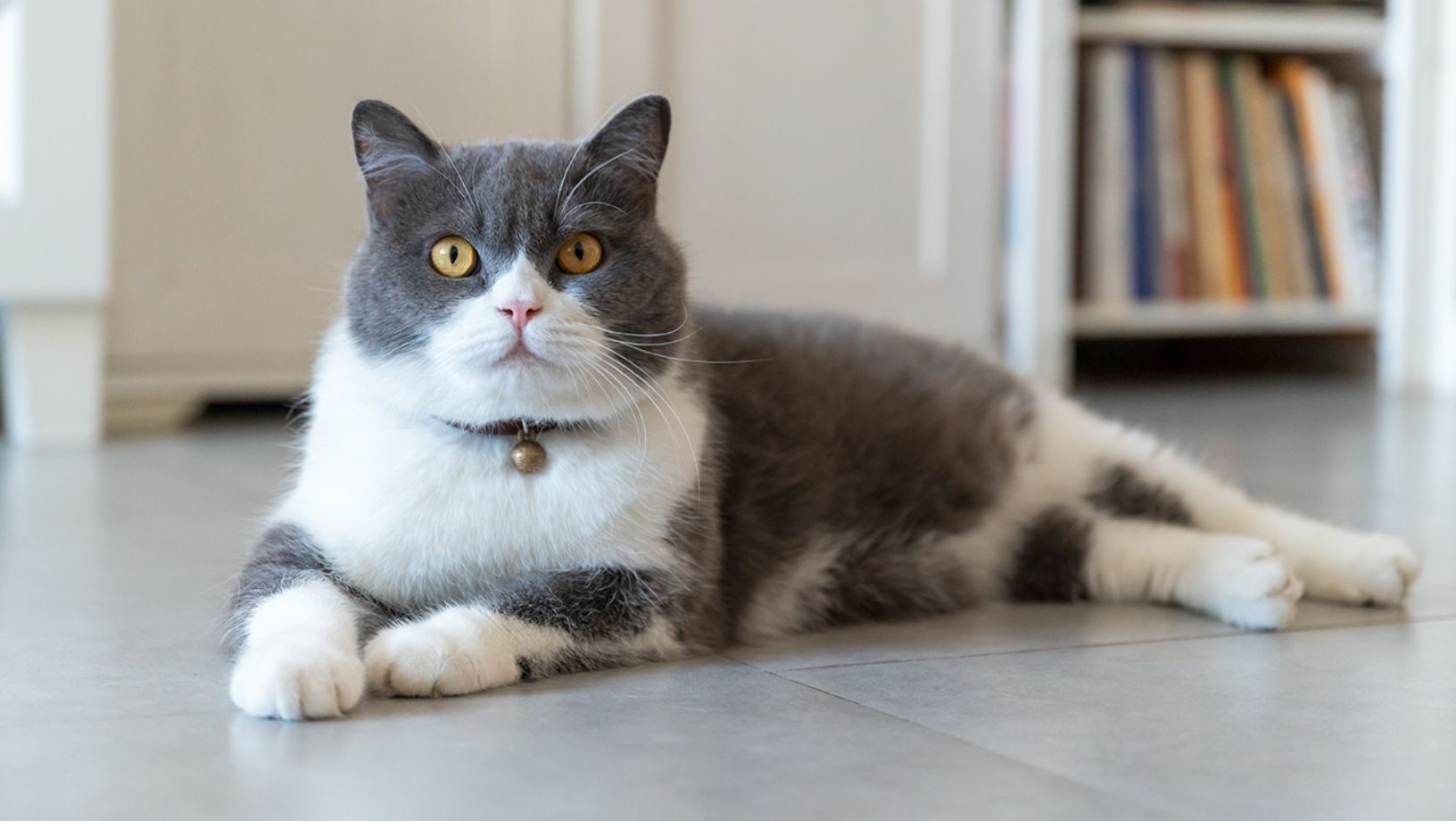
In this Article
Considering serving up a different cat food at mealtime? Use these tips to decide whether it’s time to change your cat’s diet, and to learn how to navigate the switch once you do make that decision.
Switching Cat Food: When Should I Change My Cat’s Diet?
There are several different reasons for switching your cat’s food, including age, food sensitivities, and overall wellness factors. Use this guide to help determine whether it’s a good idea to change their diet.
Diet & Life Stage: Cats’ nutritional needs evolve as they age. Take protein as one example: Kittens need lots of it, but adult cats need less. In senior kitties, too much protein can harm the liver and kidneys.
Fortunately, there is food out there for each life stage. A kitten formula will have enough protein, fat and carbohydrates to satisfy the bright-eyed and bushy-tailed youngster, while adult and senior formulas have different balances of ingredients. Senior food, for example, may include supplements such as glucosamine and chondroitin, which help maintain stiffness in an older cat’s joints.
Diet and Food Sensitivities: If your cat has digestive troubles, breathing problems or itchy skin, a food sensitivity may be to blame. If you suspect this to be the issue, contact your vet to schedule a visit. Cats can develop reactions to certain ingredients in their food — sometimes even after eating that ingredient for years with no problem. If the vet suspects that your cat has a food sensitivity, a diet switch is in order. Your vet may recommend trying novel proteins — a fancy way of saying “types of meat your cat has never tried.”
Diet and Wellness: Some foods are formulated to help cats get well or stay well. If your kitty has urinary problems, talk to your vet about urinary-health cat food.
After spaying or neutering, your cat’s hormones will change, which may affect energy, appetite and nutritional needs. Ask your vet if your cat should eat a spayed or neutered food formula after the surgery.
If your cat sometimes seems like a hairball factory, some food brands boast ingredients that help make coats healthier (and less likely to shed), plus dietary fiber to help digestion, keeping hairballs from forming. Look for an “anti-hairball” or “hairball-control” formula.
Diet and Weight Considerations: Your cat’s weight can affect their overall wellness. Whether they’re overweight or underweight, if you think your cat has an issue with their weight, it’s important to have your vet evaluate them. If your vet has determined that your cat is overweight, they may recommend switching to a weight management cat food that is specially formulated to help your pet shed those extra pounds.
Out With the Old, In With the New
An abrupt change in foods can cause your cat to have an upset stomach, so it’s best to change your pet’s diet gradually and systematically. You’ll need to research different types of cat food to determine which cat food is best for your cat based on life stage, lifestyle and health consideration.
Before giving your cat a new type of food, you should consult with your veterinarian to make sure their body is healthy enough to withstand the switch. Especially if your cat has a medical concern or food sensitivity, your vet can recommend the best food for their individual needs.
Transition your cat to a new diet by substituting a little of the new food for the old in your pet’s usual meal. Swap out a little more at the next feeding, and so on, for seven days.
Avoid giving your cat any treats or human food for at least six weeks while you’re experimenting with a new diet. Try the recommended schedule below to make switching your cat’s food routine go as smooth as possible.
- Day 1: 75% old food, 25% new food
- Day 2: 70% old food, 30% new food
- Day 3: 60% old food, 40% new food
- Day 4: 50% old food, 50% new food
- Day 5: 40% old food, 60% new food
- Day 6: 25% old food, 75% new food
- Day 7: 100% new food
No matter the reason, switching cat food can be a delicate balance. If you notice your cat having gastrointestinal symptoms (soft stools, vomiting or decrease in appetite), go back one day in the transition schedule. It may take up to 12 weeks to tell whether a new diet regimen is working. If your cat develops any new symptoms or if symptoms persist, talk to your veterinarian. They can help you find the specific cat products and foods that can help your cat feel their best.
Information in this article is not intended to diagnose, treat or cure your pet and is not a substitute for veterinary care provided by a licensed veterinarian. For any medical or health-related advice concerning the care and treatment of your pet, contact your veterinarian.
